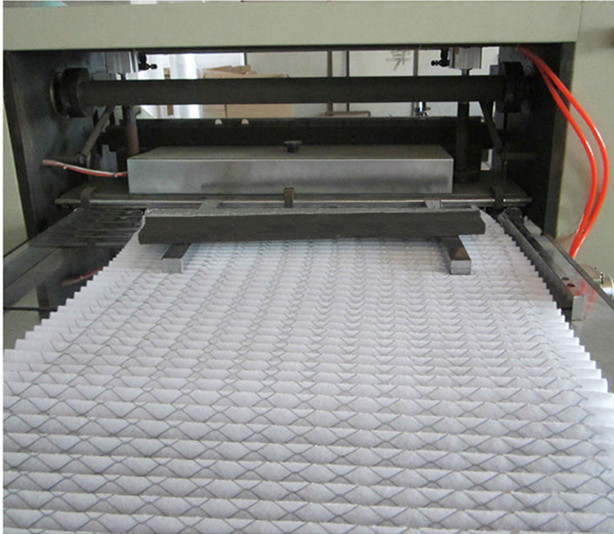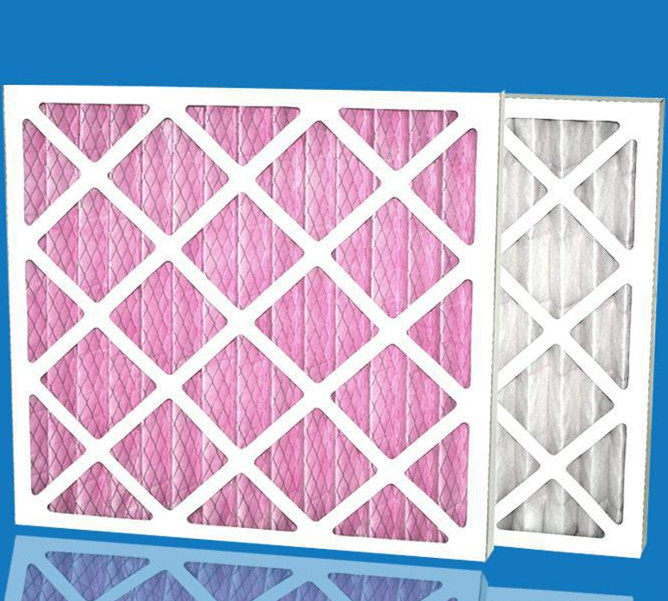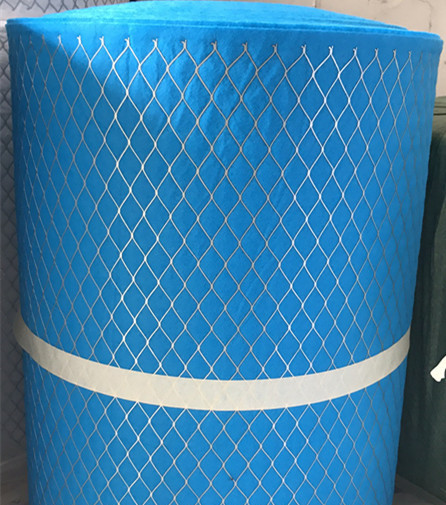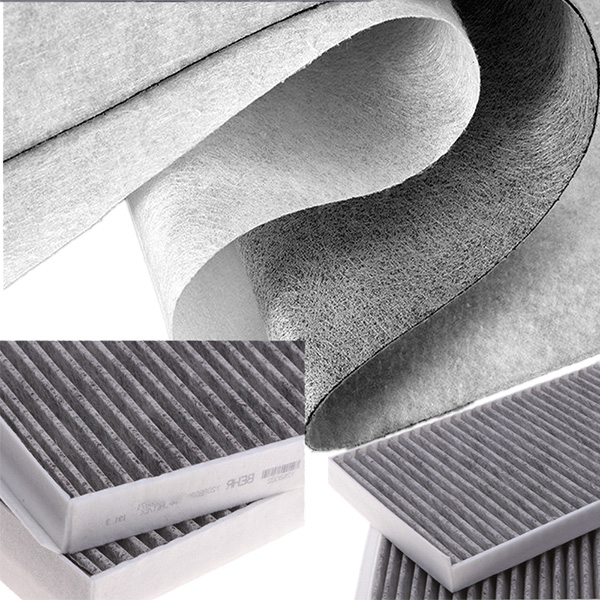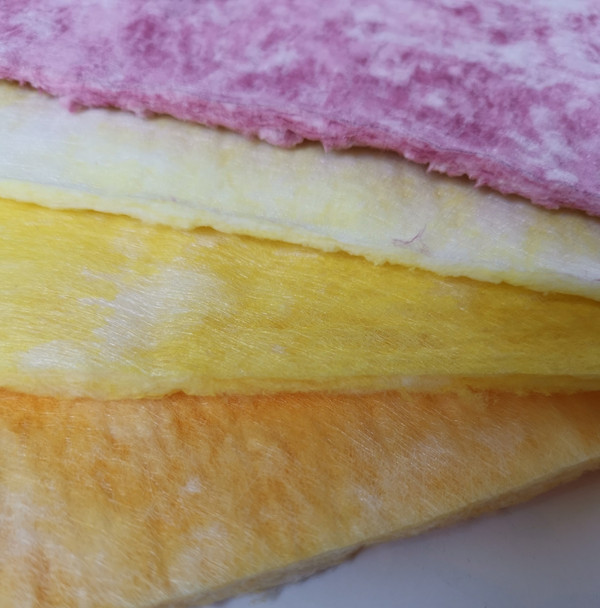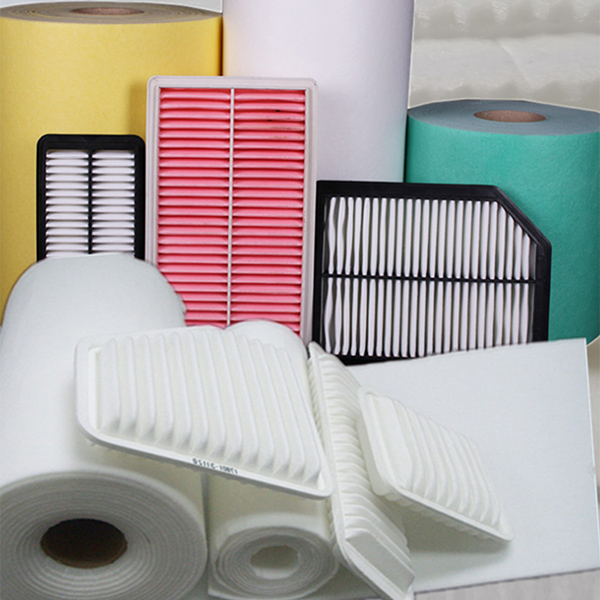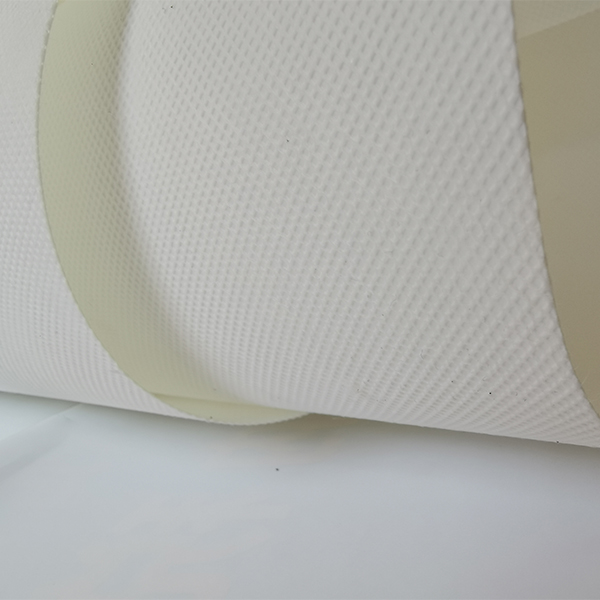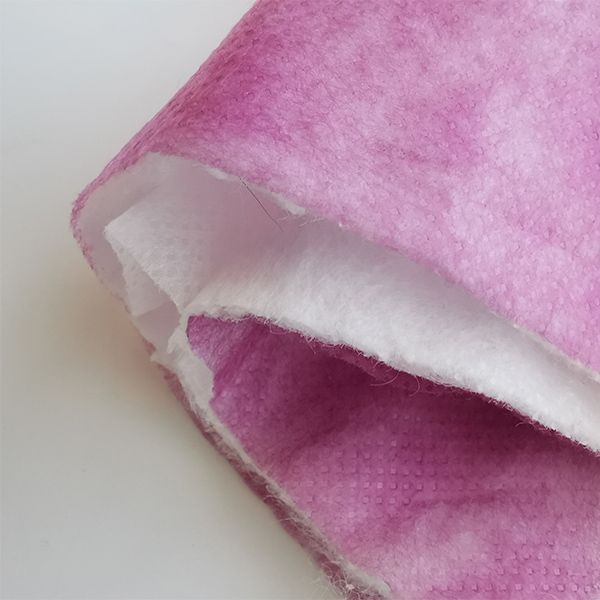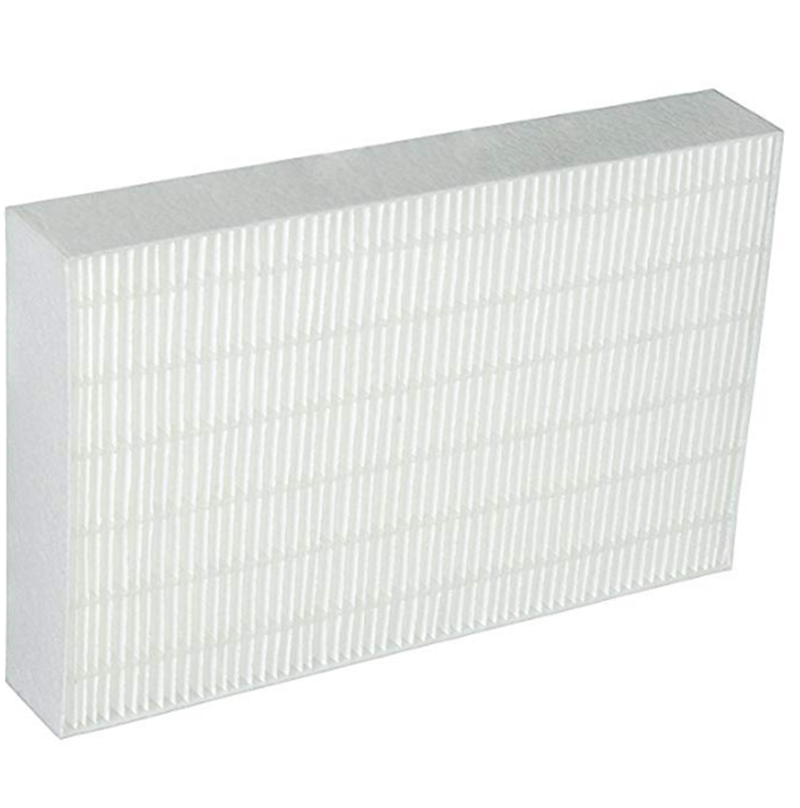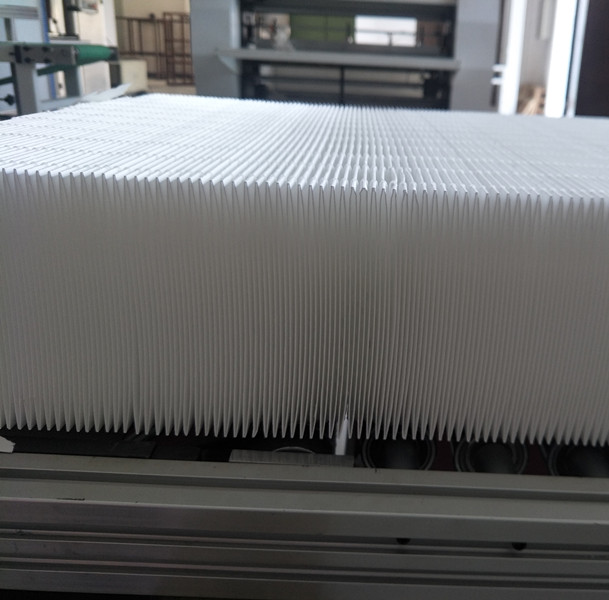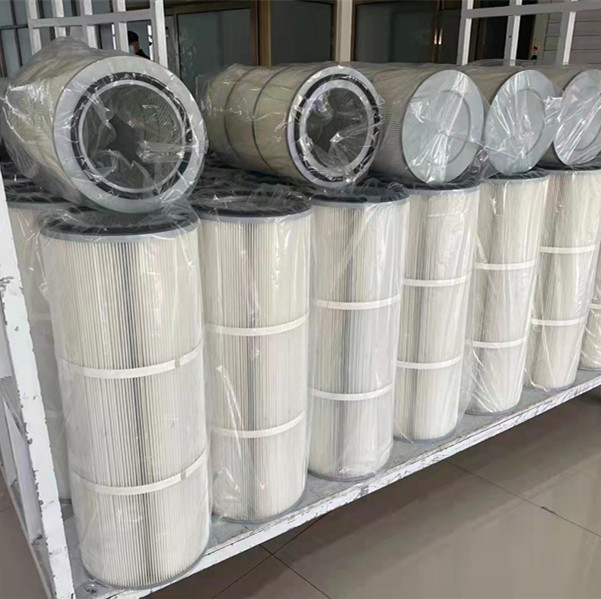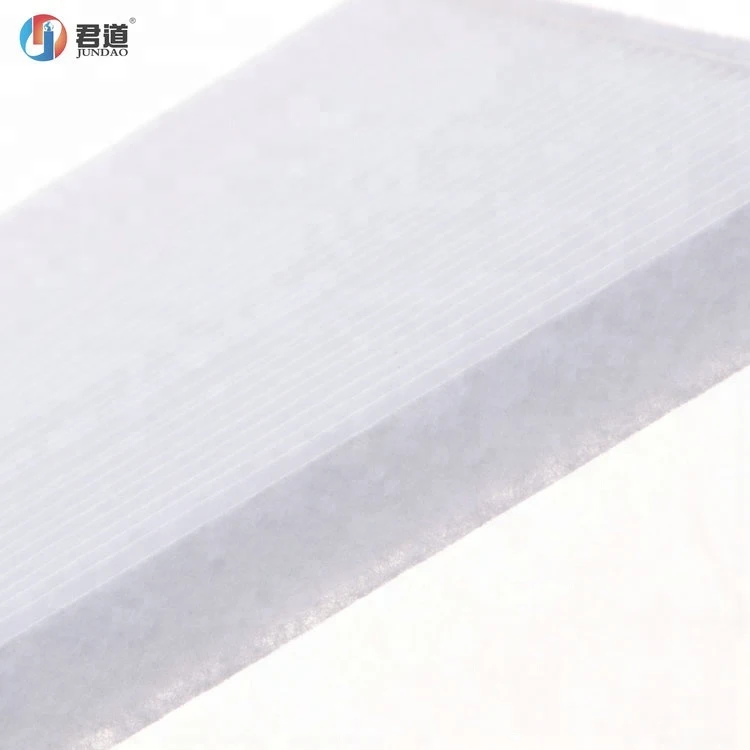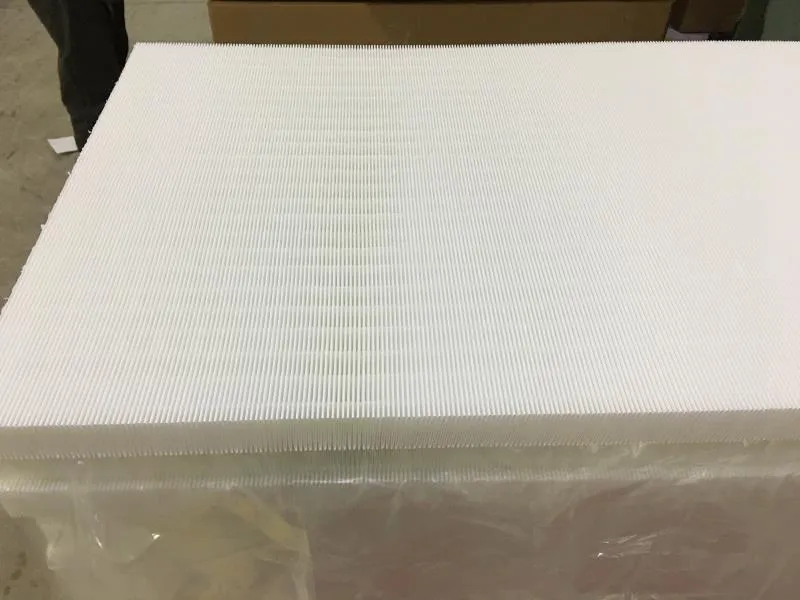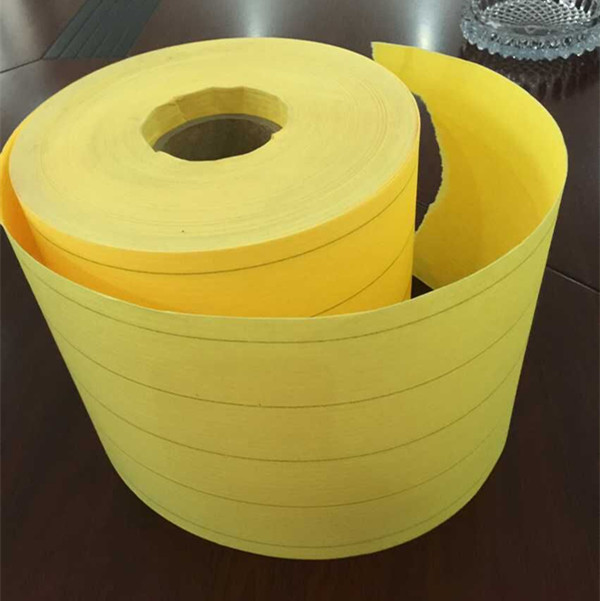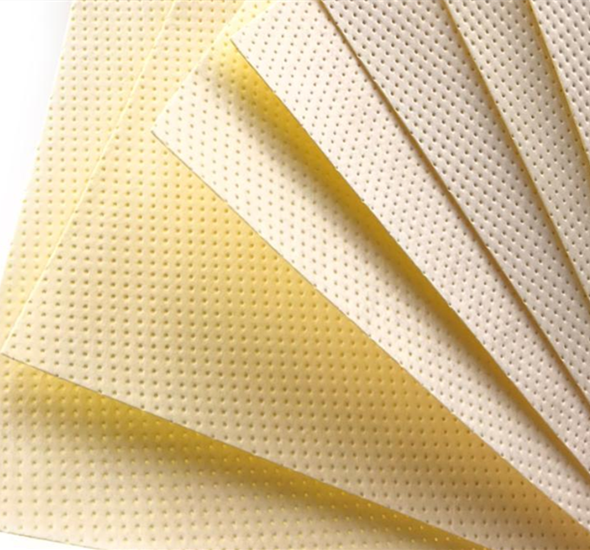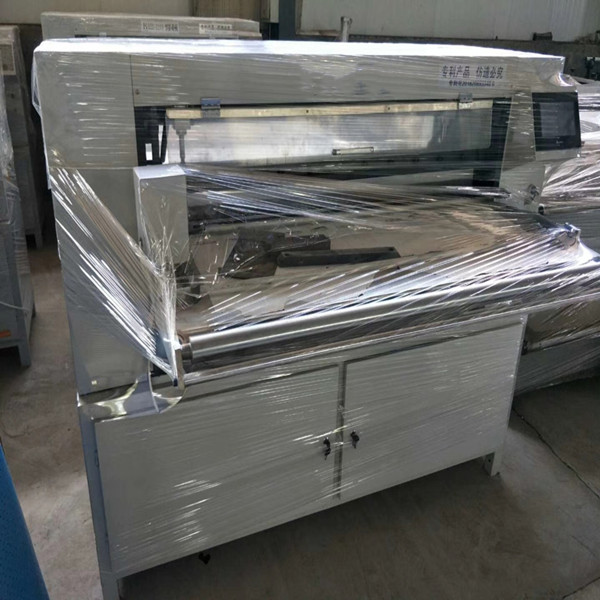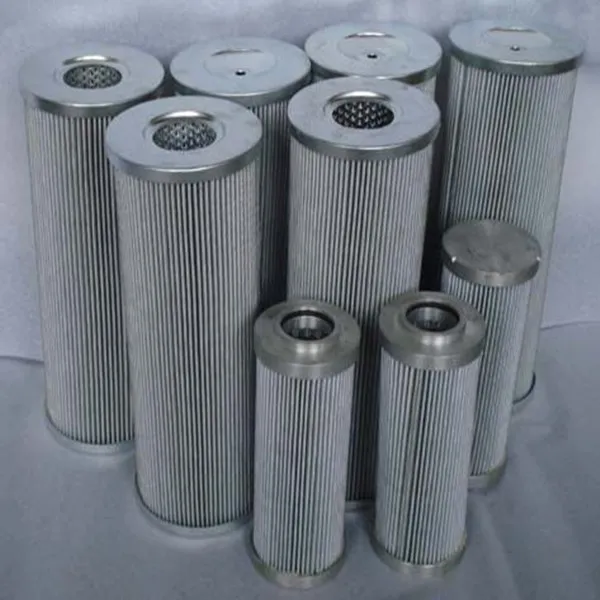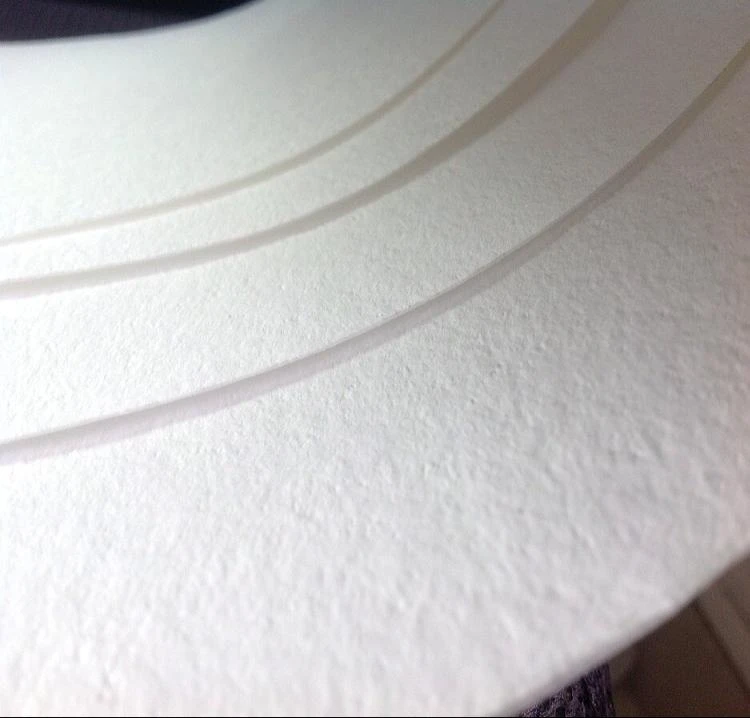Սինթետիկ Պոլիպրոպիլեն Լամինատե Մեդիա Ռուլետ
Սինթետիկ պոլիպրոպիլենային լամինատե մեդիա գլանափաթեթ
Ծրագրեր:
Օգտագործվում է ծալքավոր ֆիլտրի արտադրության համար
Օդի ֆիլտրման համակարգի նախնական զտիչ
Հարմար է ծալովի տիպի ֆիլտրի համար
Ապրանքի առանձնահատկությունները.
Օգտագործելով սինթետիկ պոլիպրոպիլեն, աստիճանաբար գաղտնագրման արտադրական գործընթաց;
Ցածր սկզբնական դիմադրություն, փոշու պահպանման բարձր հզորություն;
Լավ կրակի դիմադրություն, հրդեհային դասակարգման ստանդարտները կարող են համապատասխանել եվրոպական DIN53438-F1;
Խոնավության դիմացկուն կարող է հասնել 100%;
| Ոչ | Կետ No. | Նկարագրություն | |
| 1 | G4 կապույտ/սպիտակ մեդիա լամինացված մետաղական ցանց | 24”/610 մմ լայնություն * 150 մ երկարություն Սպիտակ կրիչներ՝ 610 մմ լայնություն; մետաղական ցանց՝ 580 մմ լայնություն |
|
| 2 | 25” / 635 մմ լայնություն * 150 մ երկարություն Սպիտակ կրիչներ՝ 635 մմ լայնություն; մետաղական ցանց՝ 605 մմ լայնություն |
||
| 3 | 20” / 508 մմ լայնություն * 150 մ երկարություն Սպիտակ կրիչներ՝ 508 մմ լայնություն; մետաղական ցանց՝ 478 մմ լայնություն |
||
| 4 | 28” / 711 մմ լայնություն * 150 մ երկարություն Սպիտակ կրիչներ՝ 711 մմ լայնություն; մետաղական ցանց՝ 681 մմ լայնություն |
||
| Տեսակ | Չափերը | Միջին կալանք | Օդ Արագություն |
Նախնական ճնշում |
Բարձր ջերմաստիճան ℃ | |
| W×L×H | Զտել | % | մ/վրկ | բայց | ||
| Դասարան | ||||||
| AY-G3 | 0.61մ*150մ | G3 | ≤50 | 2.5 | 60 | 80 |
| IS-G4 | 0.61մ*150մ | G4 | ≤82 | 2.5 | 75 | 80 |
What is Synthetic Air Filter Media and Why is it Used in Filtration?
Synthetic air filter media is a man-made filtration material composed of engineered polymers such as polyester, polypropylene, or blended fibers. Unlike traditional materials like fiberglass or cellulose, synthetic media offers superior durability, moisture resistance, and customizable filtration efficiency. It is widely used in HVAC systems, automotive filters, and industrial applications because of its ability to capture fine particles while maintaining high airflow rates. The material’s hydrophobic properties prevent mold and bacterial growth, making it ideal for humid environments. Additionally, synthetic media can be electrostatically charged to enhance particle attraction, improving filtration without increasing airflow resistance. Its versatility, longevity, and performance consistency make it a preferred choice for modern filtration needs where reliability and efficiency are critical.
Multi-Layer Synthetic Air Filter Rolls for High Dust Holding Capacity
Multi-layer synthetic air filter rolls are designed to maximize dust-holding capacity while maintaining optimal airflow. These filters use a gradient density structure, with progressively finer layers that capture larger particles first while allowing smaller ones to be trapped deeper within the media. This design prevents premature clogging and extends filter life, reducing maintenance frequency. The synthetic fibers provide high tensile strength, resisting tears and deformation even under heavy particulate loads. Applications include commercial HVAC systems, industrial dust collectors, and automotive air intake filters, where high dust loads are common. The multi-layer approach ensures consistent performance over time, making these rolls cost-effective for high-demand environments that require both efficiency and longevity.
Synthetic vs Fiberglass Air Filter Media
Synthetic air filter media outperforms fiberglass in several key aspects, including durability, moisture resistance, and filtration efficiency. While fiberglass is cost-effective and provides decent filtration, it is fragile and prone to tearing, especially in high-velocity airflow systems. Synthetic media, on the other hand, is more robust, resistant to humidity, and can be engineered for higher dust-holding capacity. Fiberglass filters often require a supportive frame, whereas synthetic media maintains structural integrity independently. Additionally, synthetic filters can incorporate electrostatic enhancement for better particle capture without sacrificing airflow. However, fiberglass remains useful in high-temperature applications where certain synthetic materials may degrade. For most modern HVAC and automotive uses, synthetic media is the superior choice due to its balance of strength, efficiency, and longevity.



